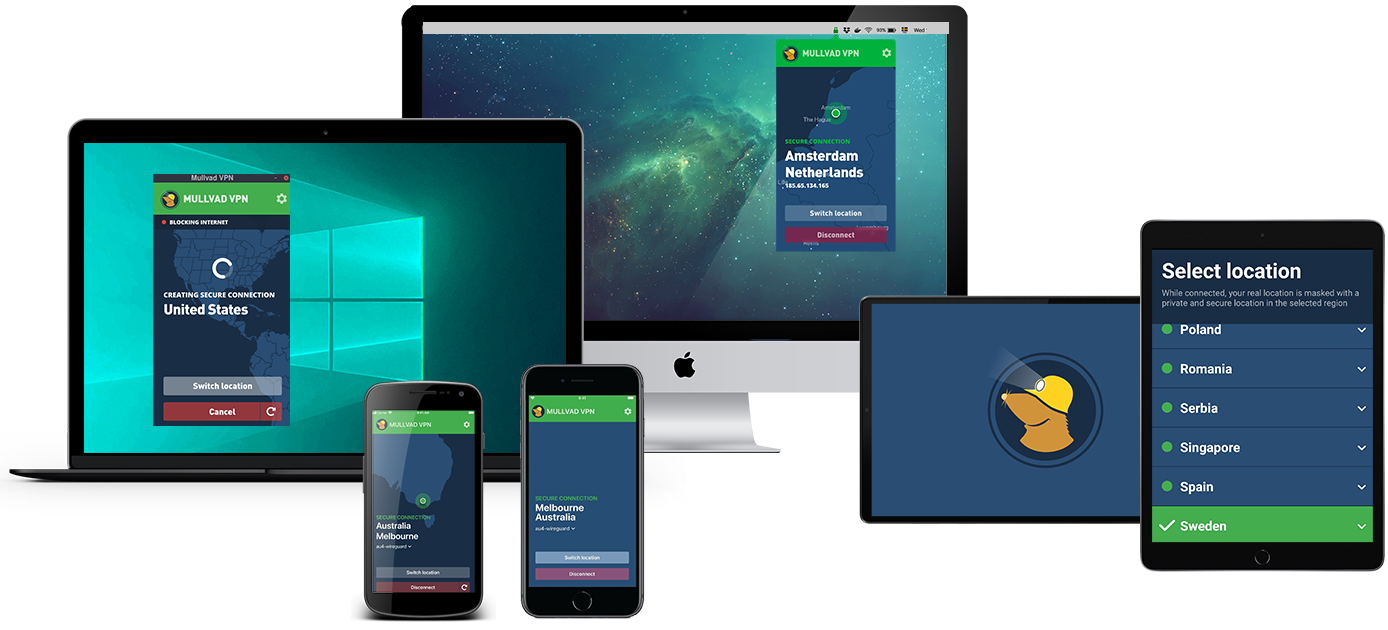
Go back to your Local Instance, and under Tunnel Address, add both the IPs returned from the above curl command It's linked to your account, so keep it safe. This will give you an output with 2 IP addresses, like: 00.xx.xxx.xx/xx,fc00:bbbb:bbbb:bb00::0:0x00/128$ SSH into your box, and run the following command, where account number is your 16-digit Mullvad key (without dashes), and public key is from your newly created local instance.Ĭurl -sSL -d account= -data-urlencode pubkey= Once your local config is saved, click edit, and a private and public key should have been automatically generated.

Navigate to System -> Firmware -> Plug-ins, and select and install 'os-wireguard'. There wasn't a lot of information online about this, so after I'd (finally) got it working, I wrote this step-by-step guide

It does show up here: 16: wg-mullvad: mtu 1380 qdisc noqueue state UNKNOWN mode DEFAULT group default qlen 1000Īlong with lo and eth0, but it still won't show up in the qbittorrent webUI.I am new to OPNsense, and got totally stuck on this. Mullvad app using WireGuard userspace: tun0Įdit: more info - I'm connected to a server via wireguard, which means the interface should be wg-mullvad. Mullvad app using WireGuard kernel: wg-mullvad However, when I open qbittorrent and go to "network interface" per this guide, this is all that shows up regardless of whether or not I have mullvad connected.Īs opposed to any of these listed in the guide:

Hi all - I've enabled mullvad on my headless debian server and have checked that it's connected.


 0 kommentar(er)
0 kommentar(er)
